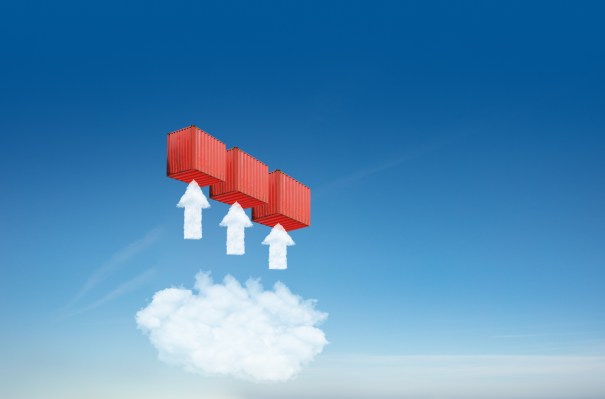
Kubernetes is quick changing into an business commonplace, with as much as 94% of organizations deploying their companies and purposes on the container orchestration platform, per a survey. One of many key causes corporations deploy on Kubernetes is standardization, which lets superior customers see productiveness good points of as much as two occasions.
Standardizing on Kubernetes provides organizations the power to deploy any workload, anyplace. However there was a lacking piece: the expertise assumed that workloads have been ephemeral, that means that solely stateless workloads might be safely deployed on Kubernetes. Nonetheless, the group just lately modified the paradigm and introduced options akin to StatefulSets and Storage Lessons, which make utilizing knowledge on Kubernetes potential.
Whereas operating stateful workloads on Kubernetes is feasible, it’s nonetheless difficult. On this article, I present methods to make it occur and why it’s value it.
Do it progressively
Kubernetes is on its technique to being as in style as Linux and the de facto means of operating any utility, anyplace, in a distributed vogue. Utilizing Kubernetes includes studying quite a lot of technical ideas and vocabulary. As an illustration, newcomers would possibly battle with the various Kubernetes logical models akin to containers, pods, nodes, and clusters.
In case you are not operating Kubernetes in manufacturing but, don’t soar immediately into knowledge workloads. As an alternative, begin with transferring stateless purposes to keep away from dropping knowledge when issues go sideways.
When you can’t discover an operator that matches your wants, don’t fear, as a result of most of them are open-source.
Perceive the constraints and specificities
As soon as you’re aware of normal Kubernetes ideas, dive into the specifics for stateful ideas. For instance, as a result of purposes could have totally different storage wants, akin to efficiency or capability necessities, you should present the right underlying storage system.
What the business typically calls storage “profiles” is termed Storage Lessons in Kubernetes. They supply a technique to describe the various kinds of courses a Kubernetes cluster can entry. Storage courses can have totally different quality-of-service ranges, akin to I/O operations per second per GiB, backup insurance policies, or arbitrary insurance policies, akin to binding modes and allowed topologies.
One other crucial element to know is StatefulSet. It’s the Kubernetes API object used to handle stateful purposes, and presents key options akin to:
- Steady, distinctive community identifiers that allow you to maintain observe of quantity, and detach and reattach them as you please;
- Steady, persistent storage in order that your knowledge is protected;
- Ordered, swish deployment and scaling, which is required for a lot of Day 2 operations.
Whereas StatefulSet has been a profitable alternative for the notorious PetSet (now deprecated), it’s nonetheless imperfect and has limitations. For instance, the StatefulSet controller has no built-in assist for quantity (PVC) resizing — which is a serious problem if the dimensions of your utility knowledge set is about to develop above the present allotted storage capability. There are workarounds, however such limitations should be understood nicely forward of time in order that the engineering workforce is aware of find out how to deal with them.

